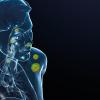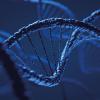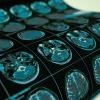What are they?

Induced pluripotent stem (iPS) cells are created by removing mature cells from an individual and reprogramming these back to an embryonic state. They can then be coaxed into a type of cell useful for treating a disease.
Why are they in the news?
A Japanese man in his 60s has just become the fi rst person ever to receive cells derived from iPS cells donated by another person.
What did that involve?
To try and stop age-related macular degeneration, skin cells from an anonymous donor were reprogrammed into iPS cells. These were then turned into a type of retinal cell, which was transplanted onto the retina of the patient.
And did it work?
Masayo Takahashi, the ophthalmologist who devised the iPS cell protocol, said the surgery had gone well, but that success cannot be declared without monitoring the fate of the introduced cells.
So what happens next?
The health ministry in Japan has approved four more patients to undergo procedures and there will be no further announcements until they have all been completed.
What are the hopes for the future?
Shinya Yamanaka, a Nobelprize- winning stem-cell scientist at Kyoto University, has already started to establish an iPS cell bank, which will work by matching donors to recipients.
What impact will that have?
Present cell stock is only suitable for a small percentage of Japan’s population. By March 2018 Yamanaka’s team hopes to have cells that can match up to 50%.




